How Does A Boiler System Work: Boilers Vs. Furnaces
When heating your home, you have several options, including furnaces, boilers, heat pumps, and geothermal systems. Many people confuse the uses of boiler vs furnace, but it's important to note that they heat your home differently.
Other considerations when selecting a heating system include energy efficiency, home size, climate, repair costs, etc. You must first understand how each system operates to find the ideal system for your needs.
How Does a Boiler Work?
Boilers typically have a tall, cylindrical design. They are often installed in basements or garages because they must be placed against a wall. Boiler installation and maintenance can be complex, so it's best to leave it to a qualified HVAC professional.
Boilers produce hot air by circulating heated water through a tank. They don't need ducts to distribute warm air around the house. Instead, hot water is piped to different endpoints in the home. This is known as radiant heat transfer.
When you turn on your boiler system, a gas boiler will use a flame to heat the water in the tank. An electric boiler's coils or other heating elements will heat the water.
The boiler heating system distributes heat to each room via baseboard radiators, cast iron radiators, or even radiant flooring systems. The heat distribution increases the surface temperature to warm the neighboring area—moving the heat via the endpoints into the living space. When the water cools (or the steam condenses back into the water), it often goes back to the boiler, restarting the process.
What is A Furnace, and How Does It Work?
Most furnaces are powered by natural gas, propane, oil, or electricity. A typical furnace contains several different components, including a burner (to burn fuel), heat exchangers (to transfer heat), a blower fan (to distribute heat), and a flue (for exhaust).
A furnace produces heat by burning air, which makes it capable of spreading warm air to many rooms. This type of heating system is often called a forced-air heater. Furnaces generate heat by transforming energy.
Room-temperature or cool air is pumped through a heat exchanger and warmed. Once heated, it's distributed via HVAC ductwork. The air is then blasted through ducts and vents throughout your home.
Furthermore, air circulates through the furnace air filter, which aids in the cleaning and purification of the air. This is important for maintaining your HVAC system and reducing furnace odors in the air. It also reduces the amount of dusting and vacuuming required in your home.
When the temperature in your home reaches the desired level, the process is terminated until the next time heat is required.
Some furnaces feature a humidifier that adds moisture to the hot air before it is routed through the ductwork. This contributes to a more comfortable home environment.
How Do Boilers and Furnaces Differ From Each Other?
The main difference between a boiler heater and a furnace is how they operate. As a result, a furnace will use more fuel than a boiler system. Additionally, while a boiler may be slightly more expensive than a furnace, it is designed to last significantly longer. However, this also depends on the quality and frequency of heating maintenance and servicing performed on the unit.
The maintenance needs for a boiler system also differ significantly from those of a furnace. Boiler units require little to no maintenance except for an annual service tune-up performed by a professional.
On the other hand, a furnace requires an annual inspection and the replacement of air filters monthly or quarterly. If you live in a dusty location or have pets, you'll want to change them more frequently, which can quickly add up costs.
A few maintenance differences exist between a natural gas furnace and a boiler. It is critical to have your natural gas furnace or boiler serviced by a professional HVAC technician once a year to reduce the risk of carbon monoxide poisoning or natural gas leakage.
Ultimately, the best way to decide between a boiler and a furnace is to consider your specific needs and budget. A knowledgeable HVAC professional can help you determine the right heating system for your home and keep it in top operating condition.
If you're unsure how to proceed, contact specialists at Gainesville Mechanical. Your heating professional will assist you in making the best decision for you.
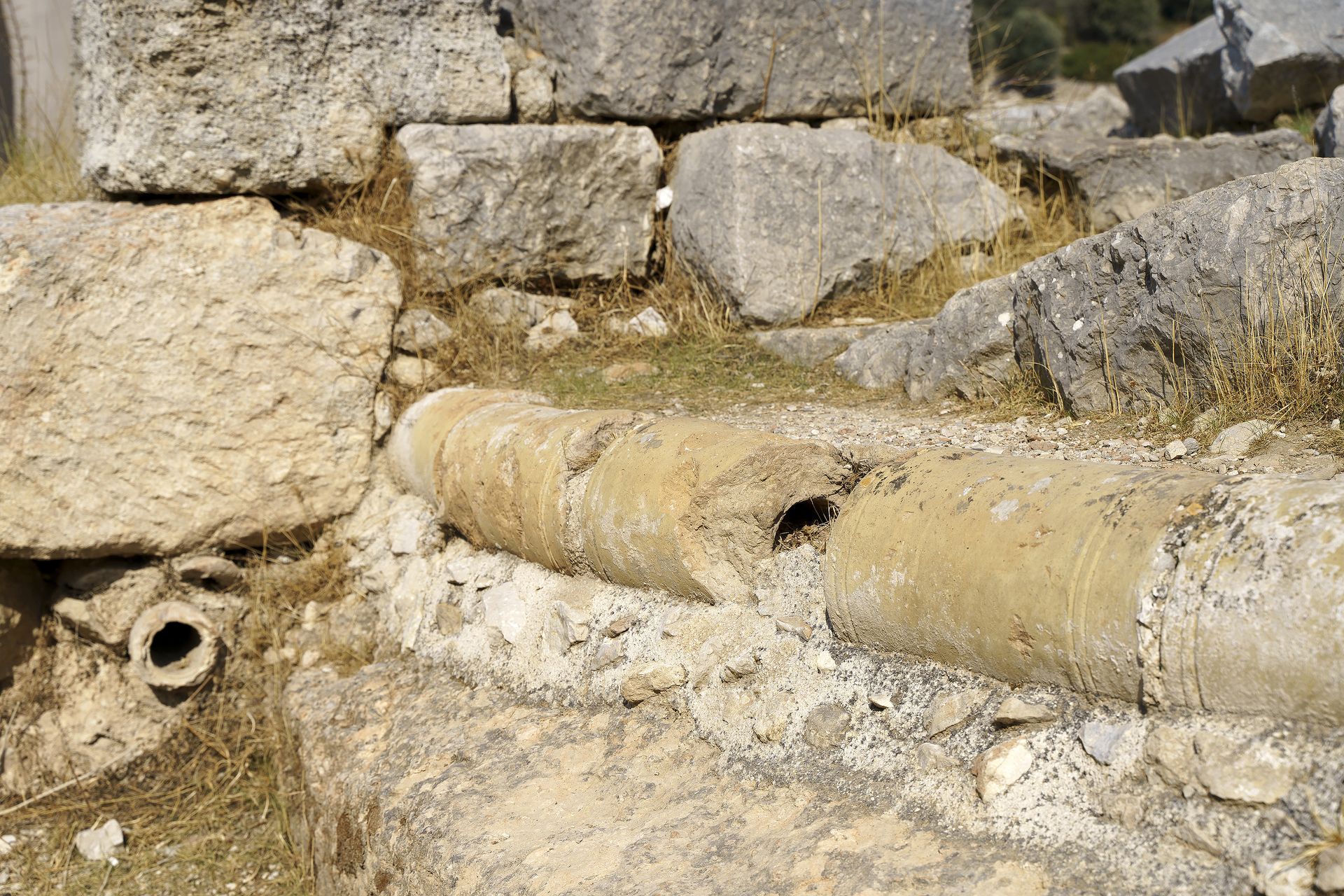
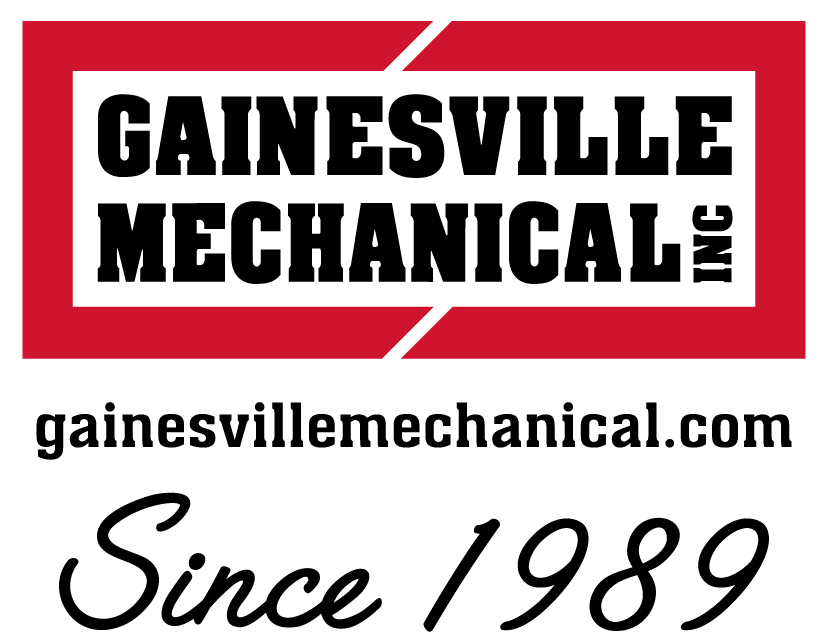
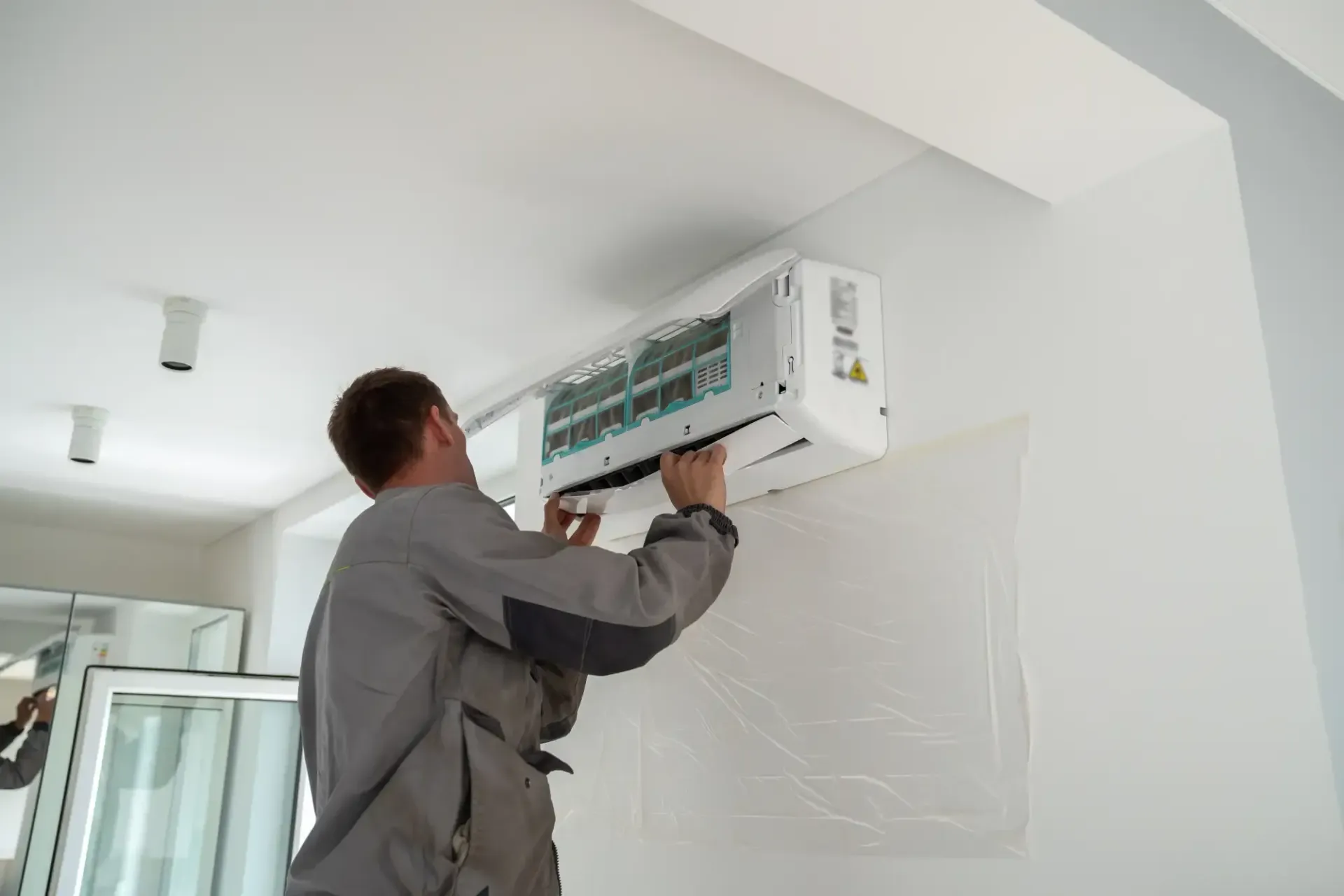
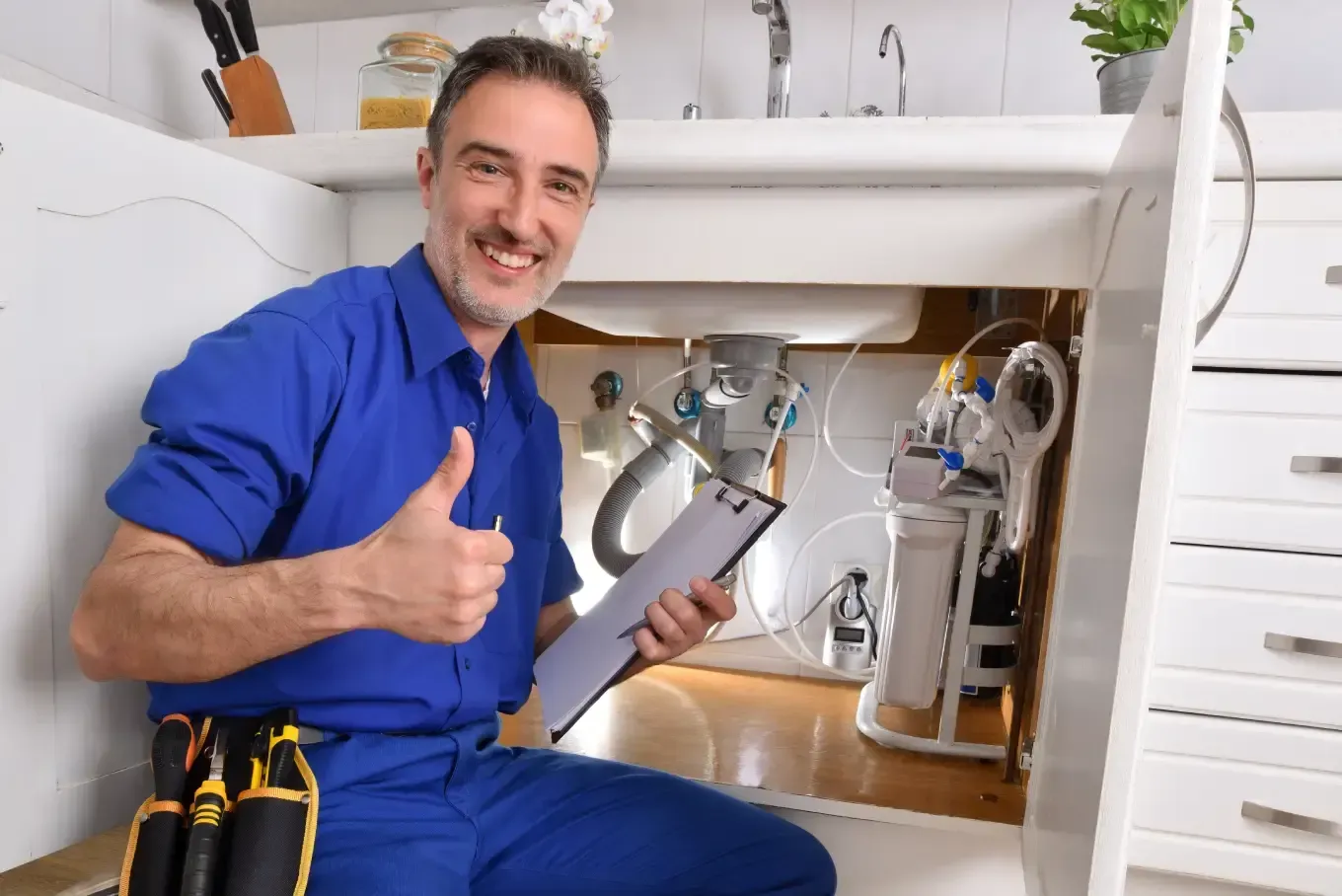

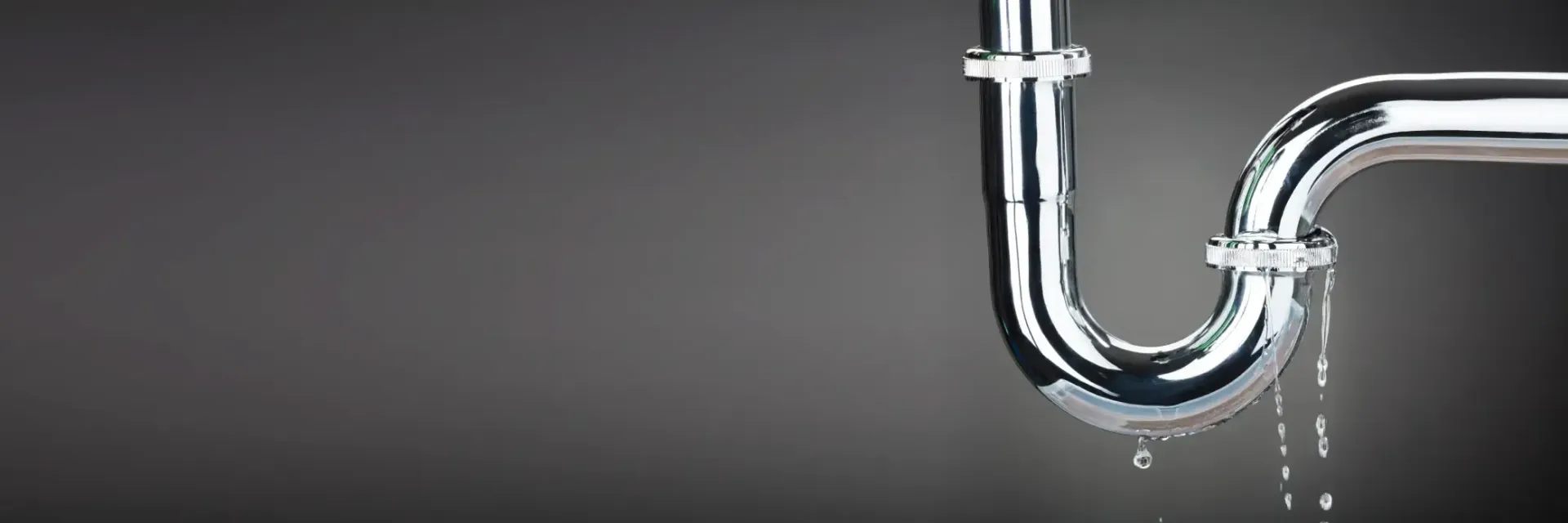
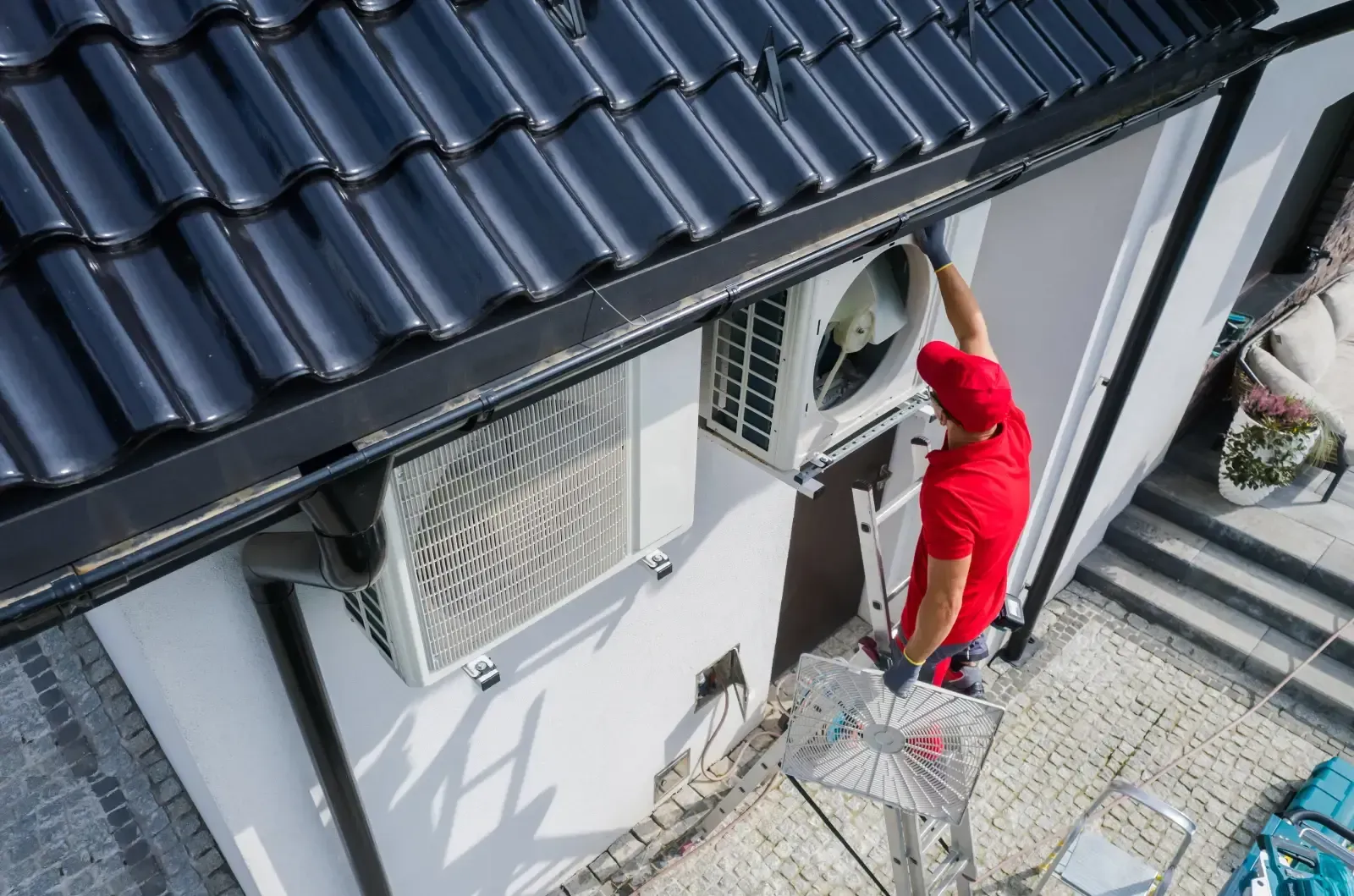
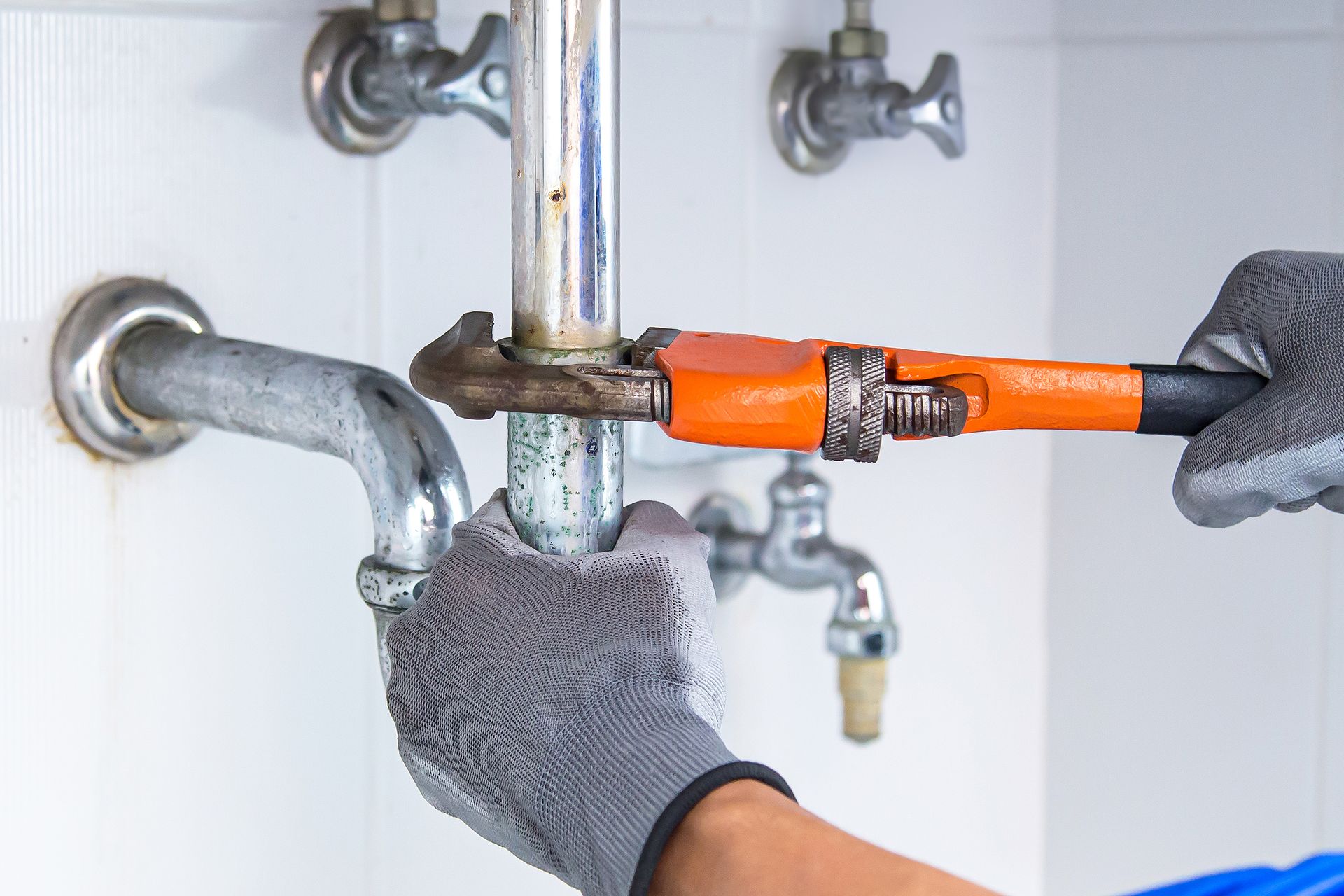
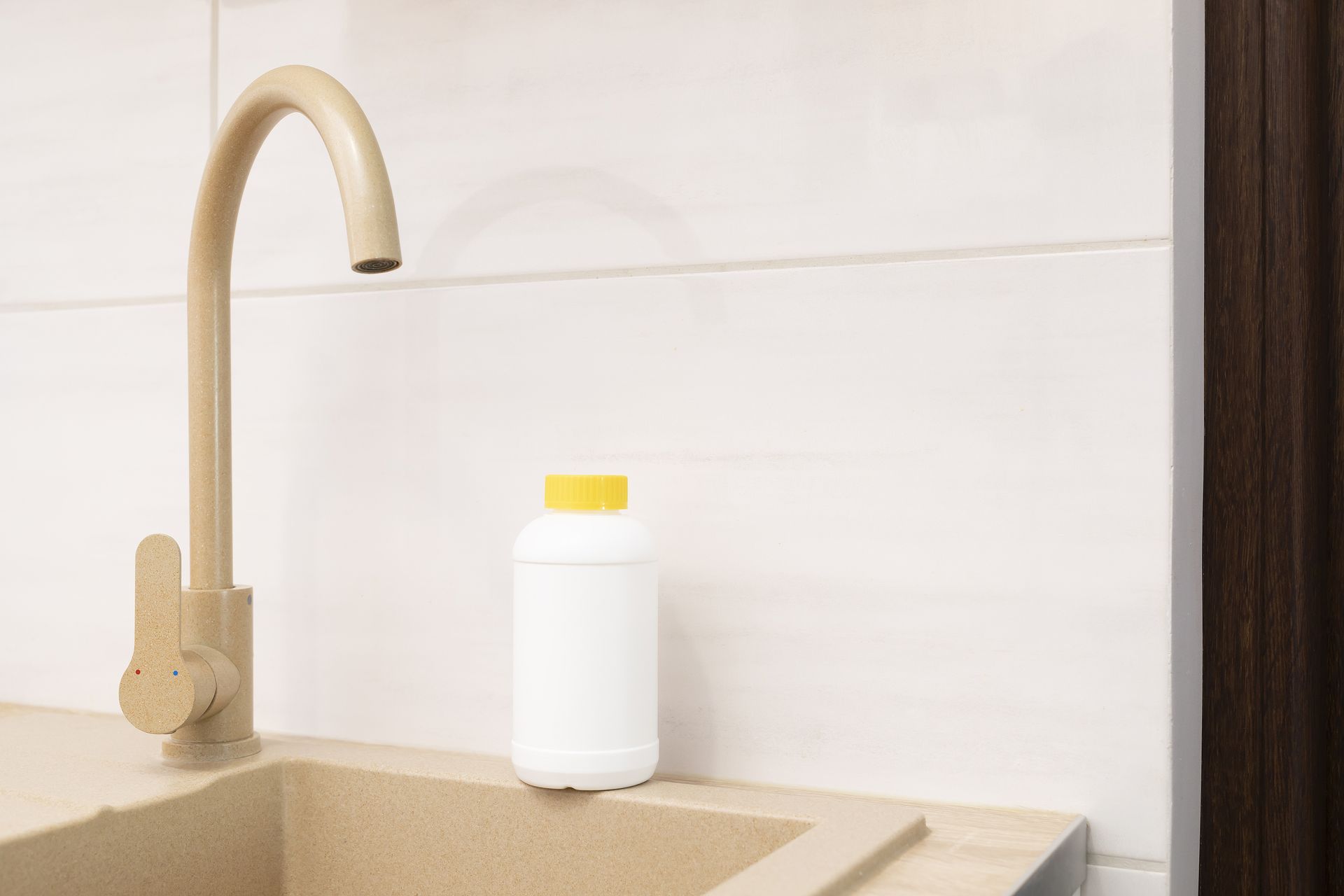
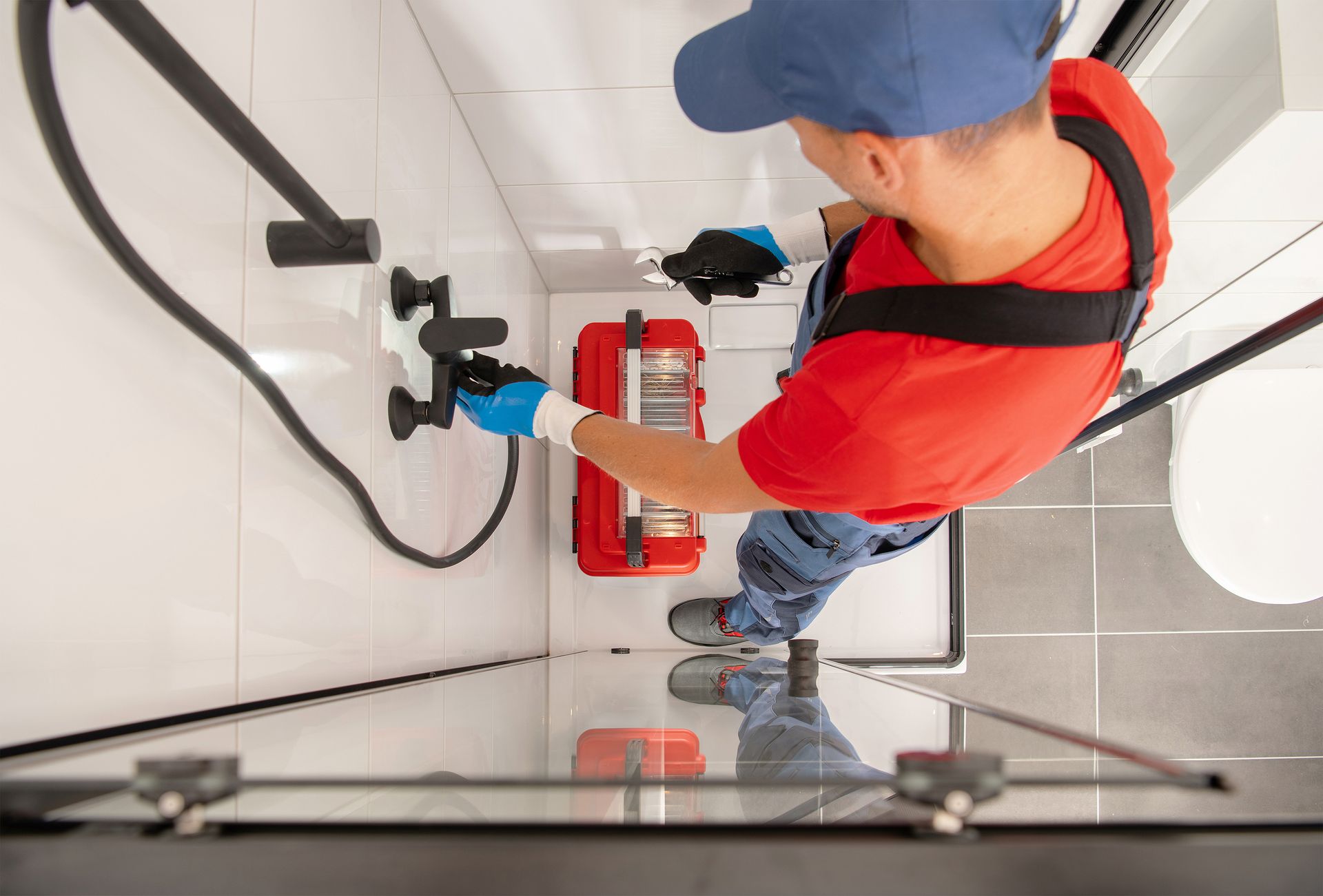
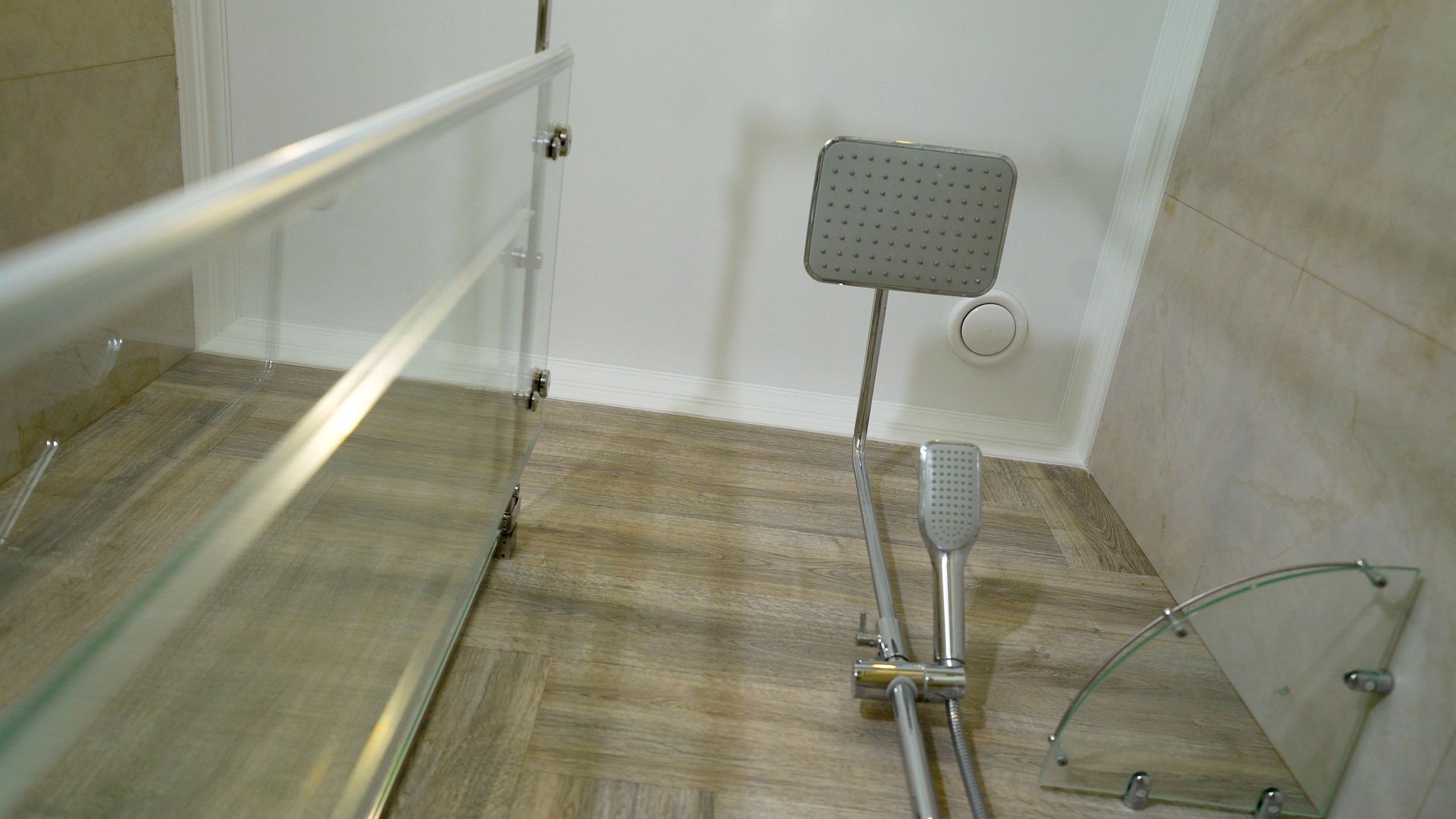
Share On: